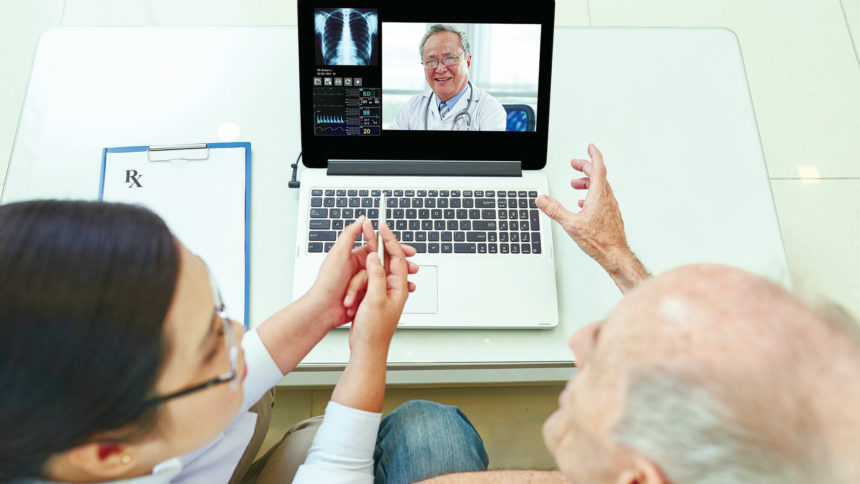
Regulatory flexibility from the pandemic, increased patient satisfaction with telehealth and broadband expansion are prompting health systems to expand the use of remote care technology over the next year.
A recent survey of 250 health system leaders by healthcare technology firm Current Health found 81% expected their organizations to invest more in remote care technology. Nearly 70% of respondents said remote care technology has reduced hospital admissions and 63% reported that it improved patient satisfaction.
“The pandemic pressure-tested our ability to deliver healthcare in the home and has led to an undeniable shift towards the home as a primary site of care,” Christopher McCann, CEO and founder of Current Health said. “We’re seeing organizations go from small remote care pilots to enterprise-wide strategies.”
Remote patient monitoring has received a boost from new care models such as in-home primary care and hospital-at-home. It allows providers to monitor patients outside of traditional clinical settings, such as the home. Companies in both spaces have been partnering with home healthcare agencies to augment patient care in the home. According to the Centers for Medicare & Medicaid Services, 53 hospital systems and 116 hospitals in 29 states are offering hospital-at-home. Those numbers could grow if CMS continues the Acute Hospital Care at Home program and if Congress passes the Choose Home Care Act.
Despite provider enthusiasm for in-home care, respondents admitted data and workflow integration and operational concerns continue to be barriers for remote care. More than half of those surveyed said some patients continue to be reluctant to adapt to remote monitoring.
This article originally appeared on McKnight's Senior Living



